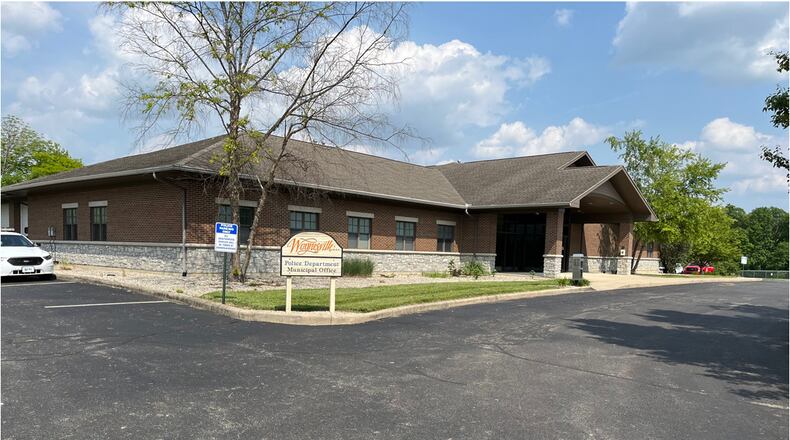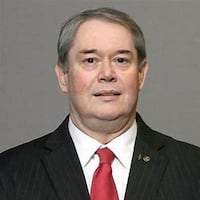Wayne Local Schools
The Wayne Board of Education has a continuing, additional 1.65-mill permanent improvements levy on the ballot that will replace the current bond levy approved 25 years ago to construct Waynesville High School, according to Superintendent Sam Ison.
However, the new levy will not increase taxes on property owners because it is the same millage as the previous levy that expires this year, Ison said. He said permanent improvement levy can only be used for facilities and equipment, not for personnel or salaries.
According to the Warren County Auditor’s Office, the levy will generate $646,000 a year with taxpayers paying $58 for each $100,000 of property valuation.
Ison previously said, “This levy will not increase taxes. We are putting together a plan for the next five years.”
He said the district would use the funds for overall ongoing maintenance of facilities. The district has posted its facility plan for maintenance, repairs and upgrades that are being planned for the next five to 10 years with funds designated for capital improvements instead of general fund dollars.
“We want to make it so we can take care of our facilities instead using a Band-Aid approach,” Ison said.
The district has developed a lengthy list of projects that include: Renovating middle school science labs for for the first time that building opened in 1969; Updating the science labs in the high school that opened in 1998; Replacing roofs at the middle and high schools; Sand/finish/repaint gyms at middle and high schools; Replace 1998 chiller at the high school and upgrade controls in all facilities; Construction of a new sports complex for a wrestling room, locker rooms for boys and girls soccer along with baseball and softball including for away teams during contests, a concession stand, athletic trainer room, baseball/softball batting cage area, golf simulator, and a small gym; Update the stadium with the replacement of the turf, track resurface, replace bleachers, press box and concession stand; Tennis court resurfacing; Update baseball/softball diamonds with press box, dugouts and scoreboard replacement; Replacing high school gym bleachers; Technology updates including infrastructure and safety upgrades such as cameras and equipment, continuation and expansion of one to one devices for students; Carpet and tile replacements in the high school and middle school; van, truck and bus replacements; and sealcoat and restripe all parking lots.
Waynesville police levy
The village of Waynesville has placed a five-year replacement 7-mill tax levy on the ballot for police services that would cover the costs of vehicles, buildings, equipment and personnel salaries.
According to the Warren County Auditor’s Office, the replacement levy would cost $245 for each $100,000 of property valuation.
Village Manager/Police Chief Gary Copeland said the previous renewal levies did not keep up with increasing property values since 2008 and the additional revenues are needed to keep up with operating costs. Copeland also said the village is experiencing more calls for service and the department is competing with many other communities in Warren County who are seeking officers.
“Everyone is looking for officers and we need to be competitive,” Copeland said. “The costs for vehicles, fuel costs and equipment keeps going up, making it harder for small communities.”
Wayne Twp. Fire/EMS levy
Wayne Twp. has placed an additional, continuing 2.25-mill operating levy for fire and emergency medical services on the November ballot.
According to the Warren County Auditor’s Office, the levy would generate about $780,000 year and would cost a property owner $79 per $100,000 of property valuation.
Township Administrator Gus Edwards said the part-time/volunteer fire department struggles at times to have two firefighter/medics on duty per shift and is also competing with other departments and communities for first responders.
“It’s getting harder and harder to find people willing to dedicate themselves to serve as volunteer firefighters,” he said.
The additional funds will be used to provide additional compensation for its firefighters to cover the 30 to 50 shifts per month, Edwards said. He said the department has about 30 to 35 members who work 12-hour shifts. Edwards said having more firefighters will help to reduce response times from under eight minutes to five minutes.
About the Author

